Also known as seep-spring monkey flower, it has both annual and perennial plants, and plants of varying sizes and foliage. These variable characteristics continue to prompt discussion about whether this plant is actually multiple separate species, or subspecies. Yellow monkeyflower can be found in both coastal and inland locations. It is consistently most associated with wet locations such as pond edges, or even growing directly in water as a fully aquatic plant with floating foliage. It has lobed, deep-yellow flowers with red inner spots that readily attract bumble bees, which force their way into the inner reaches of the flowers. Individual plants may be as small as just a few inches in height, or sprawling masses of more than 2 feet. Description from Northwest Meadowscapes
Home > Plant Guide >
Scientific Name
Family
Garden Type
Wildlife
Native Plant Region
Light needs
Water Needs
Plant Type
Bloom Color(s)
Height
Width
Months in Bloom
Safe Beneath Power Lines?
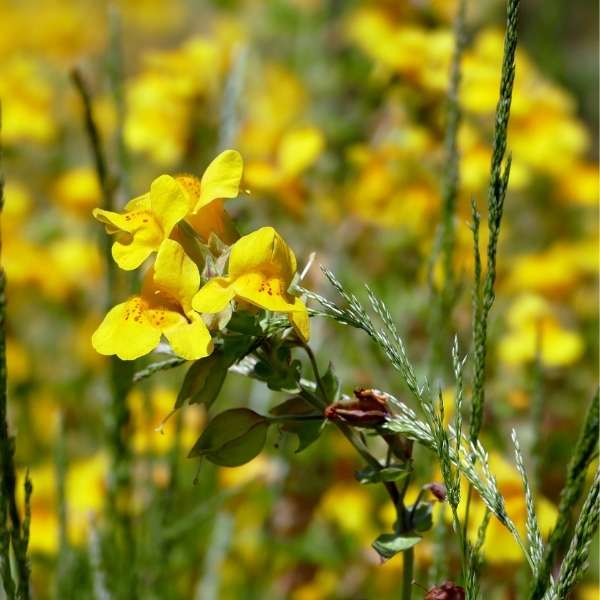
We’d like to maintain accurate and robust plant listings. If you see information that is not correct or that could be added to improve the listing, please let us know. Or if you’d like to suggest a plant to add to our plant guide, you can use this form do so. Thank you!
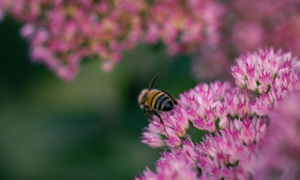
This workshop will guide you through the process and materials needed to help you decide if Mason Bees are right for you and your garden, whether you have a small deck or an open garden.
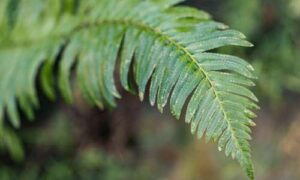
Despite the urban character and the high population density, a surprising diversity of life exists in Capitol Hill. Explore a few physical aspects of our urban ecosystems and meet some of its more-than-human residents.
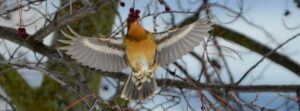
Take a virtual trip across Capitol Hill to learn about urban habitat types, how to identify the unique birds they support, and what we can do to make the neighborhood a safer place for them to live.
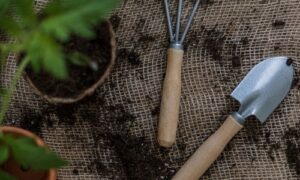
New types of vegetation can attract additional wildlife to an area. You might be surprised how a little green can go a long way!

Some introduced plant species can diminish biodiversity. Other plants produce poisons that can harm wildlife. Learn what plants to avoid when figuring out what to plant or remove in your outdoor space.
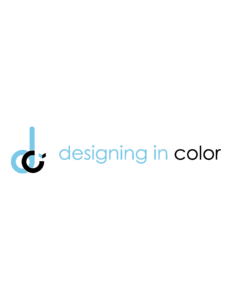
Learn about diversifying the way architecture is taught and practiced from designers of color.
Nature of Your Neighborhood is a collaboration between Birds Connect Seattle, the Capitol Hill EcoDistrict, and the Seattle Bird Conservation Partnership. Our goal is to foster relationships between the people and the nature of their neighborhoods.